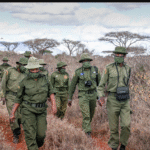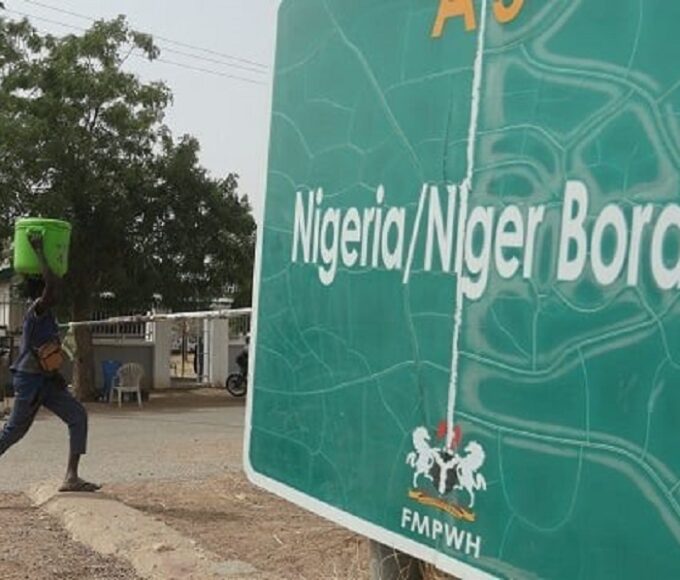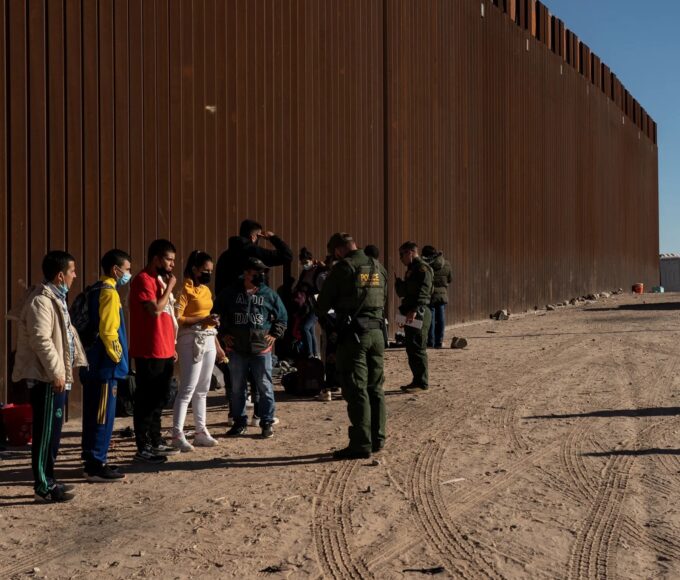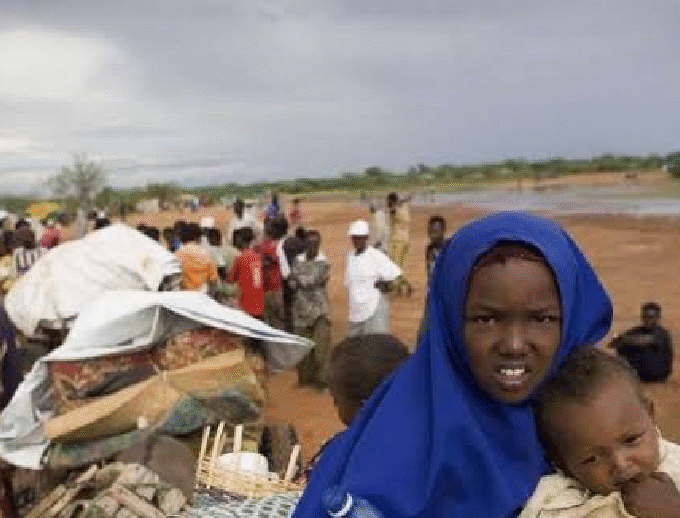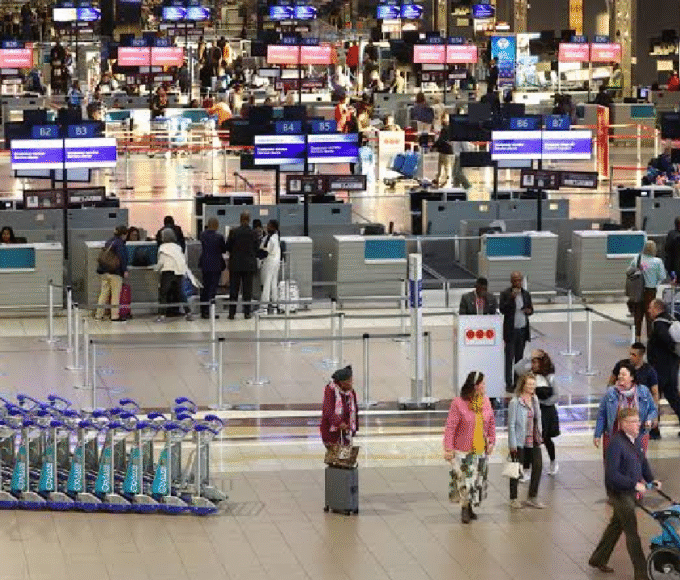Refugee Movements and Security Dilemmas for Border Forces
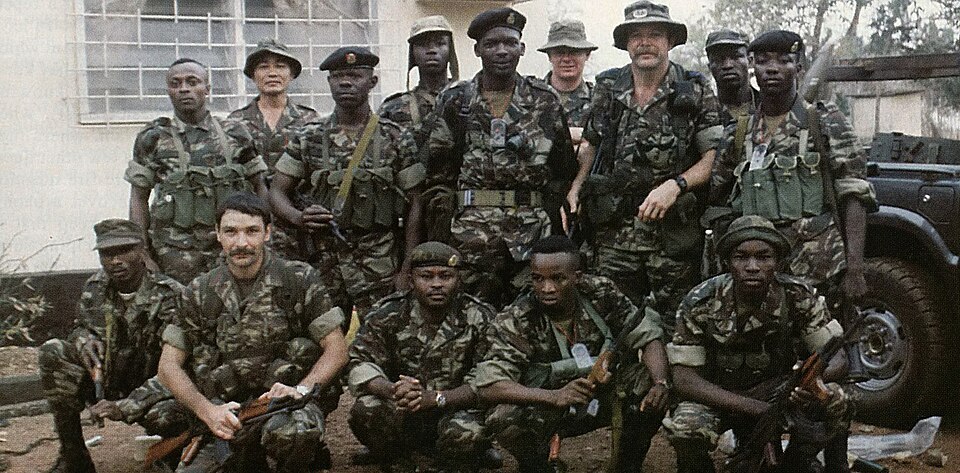
Refugee flows have long tested the resilience of African border forces. From the Horn of Africa to the Sahel and the Great Lakes region, porous frontiers and fragile states have made large-scale population displacements both a humanitarian crisis and a security dilemma. Border officials often stand at the uncomfortable intersection of compassion and control: balancing international obligations to protect the displaced with the imperative to safeguard national security.
The Scale of Movement
According to the UN Refugee Agency (UNHCR), Africa currently hosts over 40 percent of the world’s displaced persons, with millions fleeing conflicts in Sudan, the Democratic Republic of Congo, Somalia, and the Central African Republic. These crises have created sudden mass influxes into neighbouring states such as Chad, Uganda, Kenya, and South Sudan—countries already burdened with stretched resources.
Border forces in these frontline states must process high volumes of arrivals, often in terrain that lacks infrastructure, technology, or manpower. This reality makes refugee management as much a logistical challenge as it is a security one.
Humanitarian Mandate vs. Security Mandate
The 1951 Refugee Convention, to which most African states are signatories, obliges countries to grant asylum to those fleeing persecution. Yet in practice, border forces often wrestle with legitimate fears: the infiltration of militants among refugee populations, the smuggling of arms, and the strain on local economies.
The Boko Haram insurgency in Nigeria and the al-Shabaab threat in Somalia illustrate how extremist groups have sometimes exploited refugee flows, embedding fighters or operatives within larger civilian movements. These risks force security services to treat refugee arrivals not only as victims of conflict but also as potential vectors of instability.
Regional Case Studies
- Uganda: Widely praised for its progressive refugee policies, Uganda has absorbed more than 1.5 million refugees, granting them land and integration rights. Border officials here focus on facilitating access while relying heavily on biometric registration systems to mitigate security risks.
- Kenya: The Dadaab and Kakuma camps highlight the tension between humanitarian duty and national security. Repeated government threats to close the camps reflect concerns over terror networks operating within their confines, pitting Kenya against international agencies advocating refugee rights.
- Sudan and Chad: The Darfur conflict has turned border management into a permanent crisis. Sudanese refugees crossing into Chad stretch already fragile border security, while internal displacement complicates surveillance of rebel movements and banditry.
The Role of Technology
Biometric systems, advanced surveillance, and digital registration platforms are increasingly being deployed to secure refugee flows. While expensive, they offer a middle ground between compassion and control, ensuring that refugees are properly documented and reducing the likelihood of infiltration. Yet these systems are only as effective as the political will and institutional integrity that underpins them.
The Continental Dimension
The African Union’s Convention Governing the Specific Aspects of Refugee Problems in Africa remains one of the most progressive legal frameworks globally. However, implementation is inconsistent, leaving border forces with fragmented policies and weak coordination. Refugee crises in Africa are rarely contained within one country; yet, regional cooperation on refugee security remains underdeveloped compared to other regions like Europe.
Striking the Balance
Ultimately, refugee management in Africa is not only about border fortification—it is about striking a balance between humanitarian duty and national security. Border forces remain on the frontlines of this dilemma, tasked with enforcing the state’s sovereignty while preserving Africa’s historic culture of asylum.
The question is whether African states will invest enough in their border infrastructure, intelligence networks, and regional coordination mechanisms to prevent refugee flows from becoming flashpoints for future conflicts. For now, the dilemma persists—testing both the humanity and the resilience of Africa’s borders.
- African Border Forces and Asylum Policy
- African Union Refugee Convention
- Biometric Refugee Registration Systems
- Border Management and Displacement
- Humanitarian vs Security Mandate
- Refugee Camps and National Security
- Refugee Flows and Extremism Risks
- Refugee Security Challenges in Africa
- Regional Refugee Crisis Response
- Technology in Refugee Border Control
King Richard Igimoh, Group Editor ALO
King Richard Igimoh, Group Editor African Leadership Organisation is an award-winning journalist, editor, and publisher with over two decades of expertise in political, defence, and international affairs reporting. As Group Editor of the African Leadership Organisation—publishers of African Leadership Magazine, African Defence & Security Magazine, and Africa Projects Magazine—he delivers incisive coverage that amplifies Africa’s voice in global security, policy, and leadership discourse. He provides frontline editorial coverage of high-profile international events, including the ALM Persons of the Year, the African Summit, and the African Business and Leadership Awards (ABLA) in London, as well as the International Forum for African and Caribbean Leadership (IFAL) in New York City during the United Nations General Assembly.
Recent Posts
Categories
- Air & Aerospace15
- Border Security14
- Civil Security3
- Civil Wars4
- Crisis4
- Cyber Security4
- Defense15
- Diplomacy17
- Entrepreneurship1
- Events5
- Global Security Watch6
- Industry6
- Land & Army7
- Leadership & Training3
- Military Aviation2
- Military History27
- Military Speeches1
- Naval & Maritime8
- Resources1
- Security12
- Special Forces1
- Systems And Technology8
- Tech6
- Uncategorized3
- UNSC1
- Veterans6
- Women in Defence9
Related Articles
BORDER SECURITY – LESSONS FROM ECOWAS BORDER MANAGEMENT STRATEGIES
Since its founding in 1975, the Economic Community of West African States...
ByKing Richard Igimoh, Group Editor ALONovember 21, 2025COMMUNITY INTELLIGENCE AT BORDERS: SUCCESSES AND FAILURES
Border security increasingly relies on community intelligence the collection and use of...
ByKing Richard Igimoh, Group Editor ALOOctober 6, 2025REFUGEE MOVEMENTS AND BORDER FORCE DILEMMAS
In today’s world of conflict, climate change, and widening economic divides, refugee...
ByKing Richard Igimoh, Group Editor ALOSeptember 24, 2025BIOMETRIC BORDERS: AFRICA’S EXPERIMENTS IN SMART SECURITY
Africa is undergoing a quiet transition in border management. Across the continent,...
ByKing Richard Igimoh, Group Editor ALOSeptember 16, 2025





